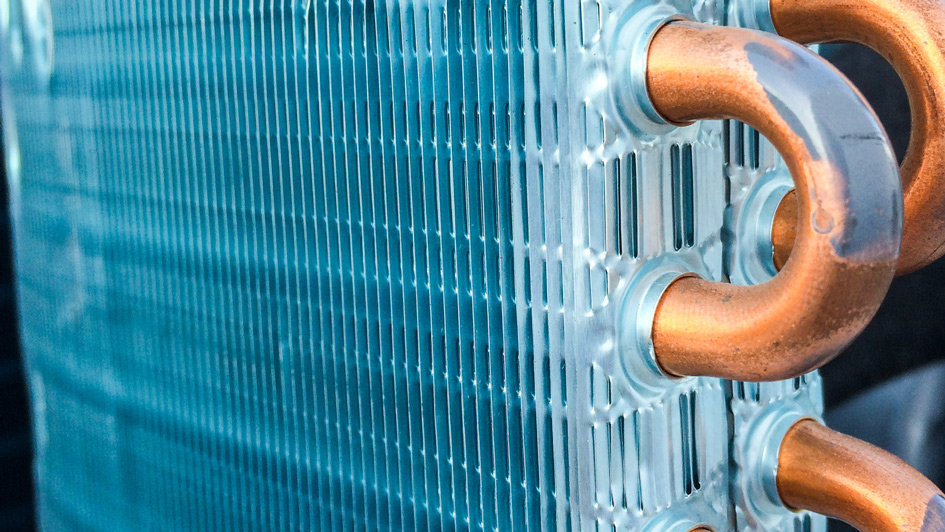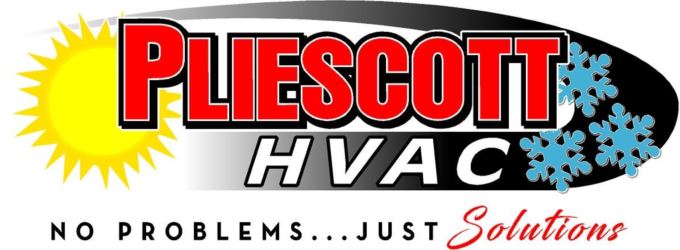
A furnace is often a background player at home, keeping you warm during the cold winter months. It frequently isn't noticed until something breaks down.
One source may be that your furnace has a cracked heat exchanger. It can be a safety risk, so it’s worthwhile to learn the evidence of a cracked heat exchanger and what to do if you believe that is the problem.
What Is a Heat Exchanger in a Furnace?
A heat exchanger helps move heat from the combustion chamber inside your furnace to the air that circulates throughout the ventilation. It usually handles this with coils or tubes that heat up the air while serving as a barrier to keep byproducts produced in the combustion chamber, called flue gasses, from leaking out into your home.
Is a Cracked Heat Exchanger Dangerous?
Given its important role, it’s no surprise that a broken heat exchanger can pose a risk. Cracks in the heat exchanger can permit dangerous gasses – such as carbon monoxide, which can be lethal – to flow throughout your home.
For this reason, do NOT run your heater if you suspect it has a cracked heat exchanger, as doing so could make the whole household ill. Contact an HVAC professional immediately if you are worried your furnace has a cracked heat exchanger that needs repair.
Four Symptoms of a Cracked Heat Exchanger:
- Furnace turns off: Cracks in the heat exchanger could cause your furnace to switch off.
- Strange Smells: If the air leaving your furnace has a powerful chemical smell, it could be a sign gasses are leaking through cracks in your heat exchanger. These gasses, which may smell like formaldehyde, are a common warning sign.
- Carbon monoxide alarm goes off or you notice poisoning symptoms: If a cracked heat exchanger is emitting carbon monoxide inside your home, your carbon monoxide alarm may go off or household members could struggle with signs of carbon monoxide poisoning. Symptoms include headaches, dizziness, weakness, nausea, vomiting or feeling sleepy. If your alarm goes off or you feel unusually tired, get out of the home right away and then call for help.
- Soot: If you spot black sooty collecting near the exterior of your furnace, it’s more evidence something may be seriously wrong.
What You Should Do if a Furnace Heat Exchanger is Cracked
If you suspect your furnace has a cracked heat exchanger, call a professional with extensive experience in furnace installation Cambridge as soon as possible so they can examine your system and, if necessary, perform a furnace heat exchanger replacement. Costs will fluctuate depending on the situation, but estimates often hover around $1,000 to $3,000.
Estimates aside, the good news is that heat exchangers are often covered by the warranty. It's a good idea to check the warranty paperwork on your furnace, since while the warranty might not cover the entire cost of repairs, it still may significantly lower your bill.
How to Avoid a Cracked Heat Exchanger in Your Home
One of the best ways to prevent a problem in your furnace overall is with consistent furnace maintenance. Furnaces provide the best possible return on investment when they run efficiently. Hiring a trained professional to examine your furnace for broken-down parts, clogged filters and other potential problems can help you avoid getting a big bill later on.
It’s also beneficial to review your furnace filters every few months – it’s ideal some filters be changed every 90 days or sooner if they are dirty or grimy. While the filters aren't connected to the heat exchanger itself, the strain of dragging air through a clogged filter makes your entire furnace work more vigorously to do its job. And the harder your furnace has to work, the more strain parts like the heat exchanger will endure.
